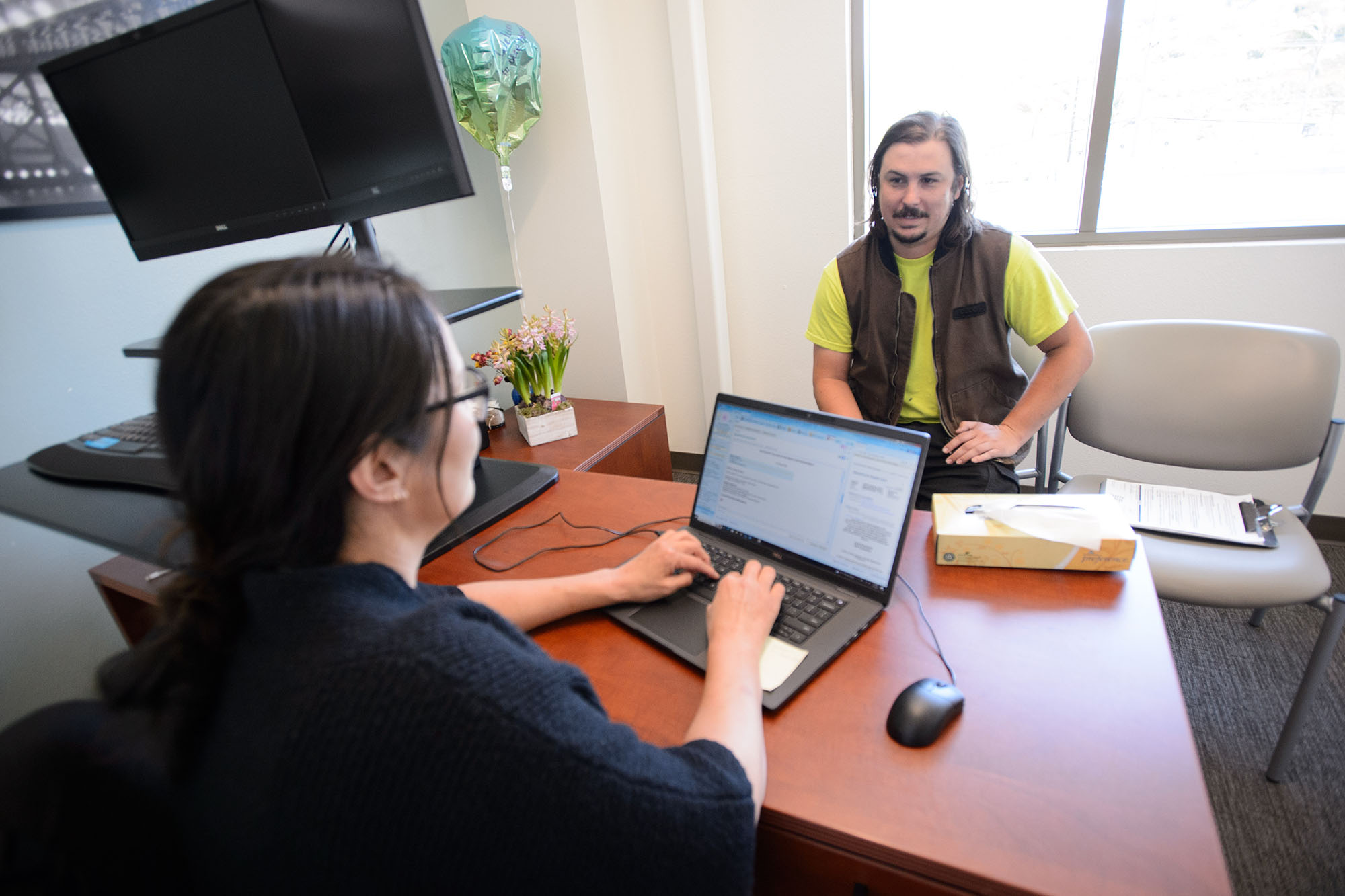
In what is perhaps a surprising use of technology in health care, the online review platform Yelp is helping more consumers find quality nursing homes. In the New York Times, Paula Span reports on a University of Southern California (USC) study that concludes that consumer reviews of nursing homes on Yelp — a site often associated with restaurant reviews — can complement ratings on the federal government’s Nursing Home Compare website.
Nursing Home Compare employs a starred rating system, but its staffing and quality measures are self-reported by nursing homes, which the New York Times and the Brookings Institution say presents a picture of a nursing home that is too flattering.

The good news is that consumers can turn to Yelp reviews of nursing homes to learn about measures like staff attitude, caring, and responsiveness. The USC researchers don’t recommend relying too much on Yelp and other online platforms due to the low number of reviews. But Span writes that “online consumer reviews can become part of the effort [to find quality nursing homes], and the more we post, the more useful they’ll become.”
CHCF has already partnered with Yelp to display maternity care metrics for the nearly 250 hospitals in California that provide maternity care. The metrics displayed on Yelp are from credible sources like the California Department of Public Health and the California Maternal Quality Care Collaborative. They are compiled by Cal Hospital Compare, a multi-stakeholder nonprofit organization. The clinical quality measures, shown alongside reviews posted by patients and their families, provide a one-stop shop for consumers seeking information on quality maternity care.
Using Medicaid’s Might to Stem the Opioid Crisis
Vox’s German Lopez explained Virginia’s efforts to modernize addiction treatment services through the state’s Medicaid program. The one-year-old Addiction and Recovery Treatment Services (ARTS) program is Virginia’s attempt to reduce harm in this deadly opioid epidemic, in part by tapping the public health plan it controls to increase compensation for treatment providers.
Independent evaluators at Virginia Commonwealth University have already found that ARTS increased treatment for Medicaid members with an opioid use disorder, and decreased emergency department visits. While Virginia still struggles with the opioid crisis, it has seen encouraging success from the ARTS model of tying addiction treatment to the overall health care system while increasing reimbursement rates for treatment providers.
If you’re wondering why California doesn’t do the same — well, California actually did it first. In August 2015, California was the first state in the nation to redesign substance use disorder services in its Medicaid program. As of today 11 counties provide a full array of treatment and recovery services, with another 30 counties preparing to start up. California’s program is the Drug Medi-Cal Organized Delivery System (Virginia definitely bested us on the naming!).
California is also home to a pilot program that supports emergency departments (EDs) in playing a larger role in curbing the opioid crisis. EDs are a frequent stop for people with opioid addiction. KPCC reporter Jill Replogle reported on one ED that is playing an active role in providing services to help break the cycle of addiction.
Replogle visited LA County+USC Medical Center in Los Angeles, where ED patients with signs of opioid addiction are given medication to stabilize them in the short-term and are then referred to a primary care physician to treat the underlying addiction. Dr. Rebecca Trotzky, the facility’s medical director of urgent care, has treated 50 patients over the past year, and is encouraged that more hospitals are treating substance use disorders like any other chronic disease. “You can say two things at once [to patients]: ‘I’m going to treat you while I’m hoping that I can encourage you to change your behavior,’” she said.
Authors & Contributors




